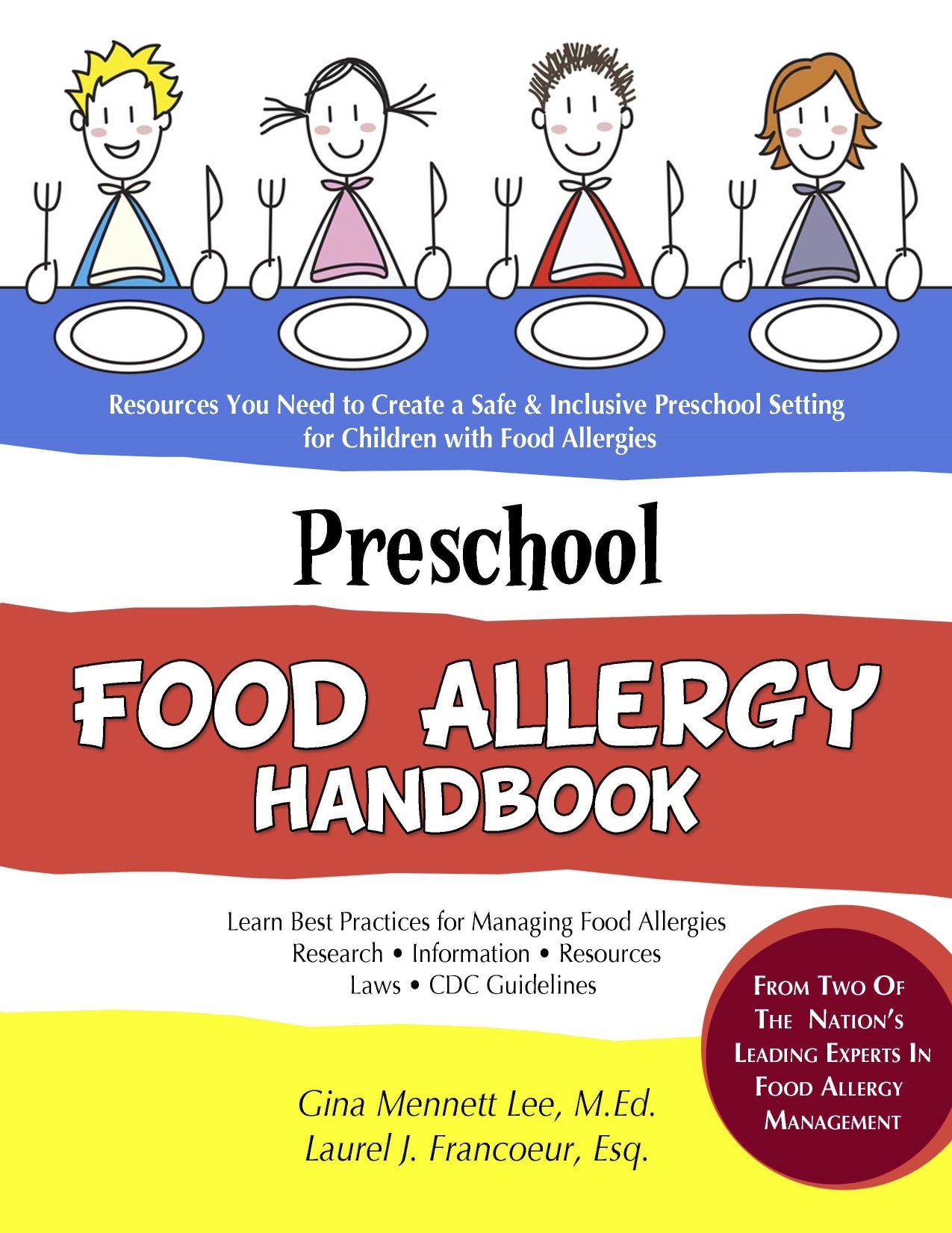By Gina Mennett Lee, M.Ed.
Allergic Living posted an excellent article recently, entitled “Advisory Labels: May Contain Confusion”. This particular article discussed the confusion surrounding cautionary statements such as “May contain…” on food labels. In the article it states that “until something is done about the current state of advisory labeling, it’s best for food-allergic consumers to avoid products with any of the warning variations”. But before approaching this “advanced” label-reading subject, we first need to review basic labeling laws.
Understanding the labeling laws and reading labels is just one of the many challenges in trying to keep a person with food allergies safe. It is also one of the most misunderstood aspects of food allergy management.
People often ask me, “Is this safe?” and hand me a package. They think that a quick read of the label will give me all the information I need to know if a food is safe. This is not always the case. Many times, I need to put food back on the shelf because I have no way of knowing if the food is safe or not just by reading the label.
Labeling Laws
“FALCPA (Food Allergen Labeling and Consumer Protection Act of 2004) is an amendment to the Federal Food, Drug, and Cosmetic Act and requires that the label of a food that contains an ingredient that is or contains protein from a “major food allergen” declare the presence of the allergen in the manner described by the law.
Here are some facts you may not know:
Only the top 8 allergens must be labeled. This means, if a person is allergic to something outside the top 8 (e.g. sesame), is does NOT need to be labeled. These allergens can be hidden in words like “flavorings” or “spices”
Not all food is required to follow the labeling law. The following foods are not required to be labeled: meat, poultry and eggs.
SnackSafely.com recently created this excellent visual regarding FALCPA.
Now that we’ve established what FALCPA requires, let’s discuss the advisory labels:
“May contain…” , “Processed in a plant” and other such labels are not regulated nor required. When researchers pulled items with these labels from the shelves and tested them for the presence of allergens, they found that some products actually did contain the allergen. Therefore, it is recommended that these foods be avoided.
What is even more frightening is the fact that foods without any cautionary statements at all may also contain allergens!! This was the case with 2 of my daughter’s anaphylactic reactions. I read the labels for the foods each time and there were no ingredients that she was allergic to. (As a matter of fact, one of the foods that caused anaphylaxis, she had eaten many times before without a reaction.) After these reactions, I did some investigating and found that her allergens were present in the plant but the label did not indicate this potential for cross-contact. Food manufacturers are not required to provide this information.
This means that the only way to be absolutely sure if a food may contain an allergen is to call the manufacturers directly and ask. I’ve done this numerous times with different results. Sometimes the information is easy to access, other times not. It’s no wonder that families are so loyal to companies that are dedicated to providing clear labels and transparency with their manufacturing processes.
However, even with companies that are transparent, it is important to be aware that labels and manufacturing practices can change without notice.
One example of a change in manufacturing comes during the holidays. Halloween and holiday candy can be processed in a different plant from the regularly packaged product. As a result, a candy that is normally “safe” in its regular size may be manufactured in a plant with an allergen and may be unsafe in the holiday package.
This is why families are encouraged to follow one of the golden rules of food allergy management. “Read every label, every time.”
Now for the final labeling issue. Did you know there are hundreds of recalls every year for foods that are improperly labeled? These are foods that may be labeled as not containing an allergen when if fact they do. Because of this, manufacturers recall the item, but getting this information to the consumer can be difficult. At times, the issue with labeling is brought to the attention of the manufacturer due to an allergic reaction by a consumer. Other times, the manufacturer identifies the mistake.
So what do we do about this?
Teachers and caregivers:
Make it a rule not to feed or give any child any food without their parent’s consent. Even a food that you have seen this child safely eat before, may not be safe.
Do not serve foods without labels.
Parents of children with food allergies:
Read every label every time. No exceptions!
If there is no label, do not allow your child to eat the food. (If it is homemade food, only allow your child to consume it if you are certain that the food has been made with ingredients that are safe and that there has been no cross-contact.)
Do not allow your child to eat foods with cautionary statements.
When needed, contact the manufacturer to discuss their practices and the risk of cross-contact.
Teach your child these rules and model this from an early age.
FDA:
Let’s get this labeling right. Require that all ingredients in all foods be labeled including those ingredients not currently covered by FALCPA. Consumers have a right to know what they are eating.
Require that all manufacturers provide information on their manufacturing practices on their labels and/or on their website. Transparency is key when trying to ensure that consumers are safe eating a product.




